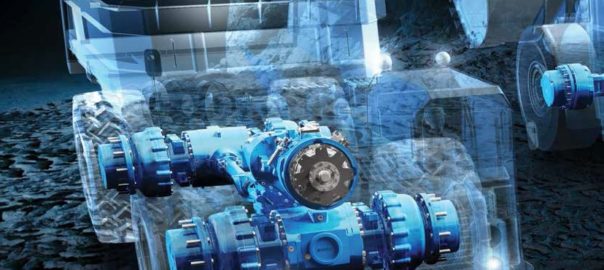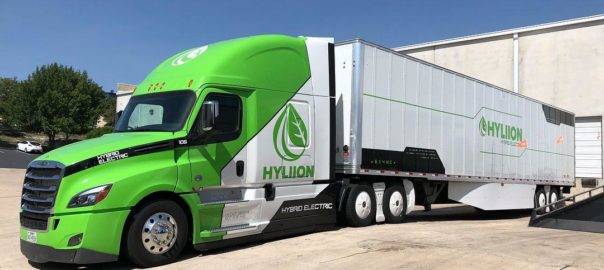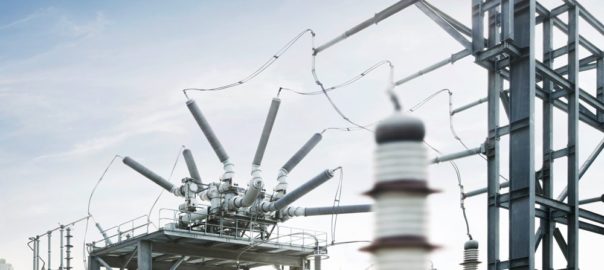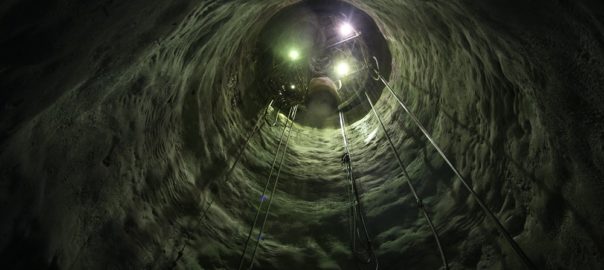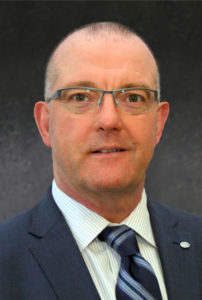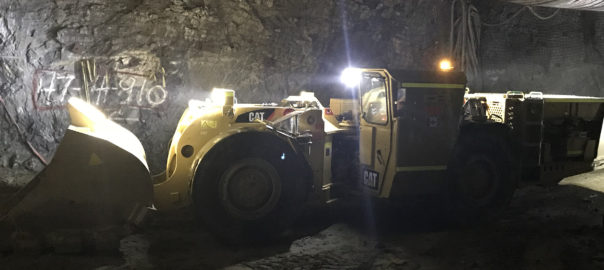Dana has added five facilities in China since the start of 2019 as it looks to strengthen the company’s capabilities for electrification and hybridisation across several markets, including the off-highway sector, throughout the region.
The expansion is the result of Dana’s recent acquisition of the SME Group, as well as the Drive Systems segment of Oerlikon Group, including the Graziano and Fairfield brands, Dana said.
The added facilities expand Dana’s engineering, manufacturing, testing, and aftermarket service in China, and are located in:
- Shanghai, which engineers and manufactures SME AC electric motors, inverters, controllers, and accessories;
- Changshu, which produces planetary gear reducers for e-Drives;
- Baoding, which will make e-Axles for new energy buses, and;
- Suzhou, one which produces city bus axles; and a second that produces drives, axles, and gears primarily for off-highway mobile equipment and industrial machinery.
Dana’s footprint in China now encompasses more than 6,750 employees at 23 operations, including those in which Dana holds an interest.
Jim Kamsickas, President and CEO of Dana, said: “Dana has been operating in China for more than 25 years and we see a strong opportunity to accelerate our growth in the Asia-Pacific region.
The addition of these facilities shows how Dana will continue to invest in expanding our capabilities for vehicle manufacturers in China – especially for those that are bolstering their electrification initiatives.”






